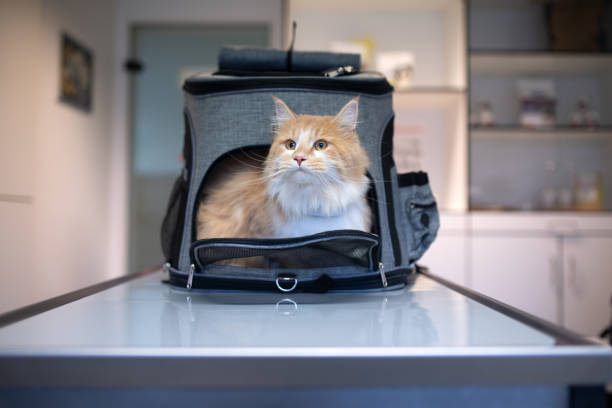
Picking the ideal cat litter for your feline buddy can be an overwhelming job provided the myriad of choices offered on the market. This comprehensive guide will look into the various kinds of cat litter, their advantages, disadvantages, and everything in between to help you make an informed choice.
The product of the cat litter plays an essential role in its efficiency. Typical materials include clay, silica gel, recycled paper, wood, corn, wheat, and walnut shells. Each product provides distinct benefits and prospective disadvantages.
Clay-based litters are the most traditional and extensively used due to their high absorbency and clumping abilities, which make clean-up simpler. However, they can be dirty and may not be the very best alternative for felines or human beings with breathing issues. Silica gel crystals are extremely absorbent, control smells effectively, and are low upkeep considering that they don't require to be changed as frequently. However, they can be more costly and some felines may not like the texture. Eco-friendly litters, made from recycled paper, wood, corn, wheat, and walnut shells, are environment-friendly choices. They are typically dust-free and great for cats with allergies, however their odor control and clumping abilities vary widely.
The option between clumping and non-clumping litter is significant. Clumping litter kinds solid masses when wet, making it simple to scoop out urine and feces, hence preserving a tidy litter box. Non-clumping litter soaks up moisture however does not form clumps, which may cause more frequent modifications of the entire litter box.
Smell control is a leading Wheat Cat Litter priority for the majority of cat owners. Litters are typically infused with baking soda or charcoal to reduce the effects of smells. Maintaining a fresh litter box likewise needs regular scooping, preferably twice a day, and following the producer's standards for changing the litter and cleaning up package.
The health of your cat and the ecological effect of cat litter boxes the litter are also crucial factors. Dust-free or low-dust choices are much better for respiratory health. Naturally degradable litters use an environmentally friendly option to clay, which is strip-mined and not renewable. In addition, it's essential to be conscious of any allergic reactions your cat may need to particular materials.
Cost is a necessary consideration, as the cost of cat litter can differ substantially. While silica gel and some biodegradable litters may be more pricey in advance, their longevity can provide cost savings in the long run. Alternatively, clay litter is often cheaper but needs more frequent replacement.
Ultimately, the best cat litter is one that matches both your and your feline's choices and needs. It may take some experimentation to discover the perfect match. Take note of your cat's habits and convenience, along with the litter's efficiency in terms of odor control, absorbency, and maintenance.
Selecting the best cat litter contributes considerably to your feline's health, joy, and the tidiness of your home. By thinking about the product, clumping capability, odor control, health impacts, environmental effects, and cost, you can make an informed decision that benefits both you and your furry companion. Remember, what works best for Tofu Cat Litter one cat might not match another, so be willing to experiment until you find the ideal solution.